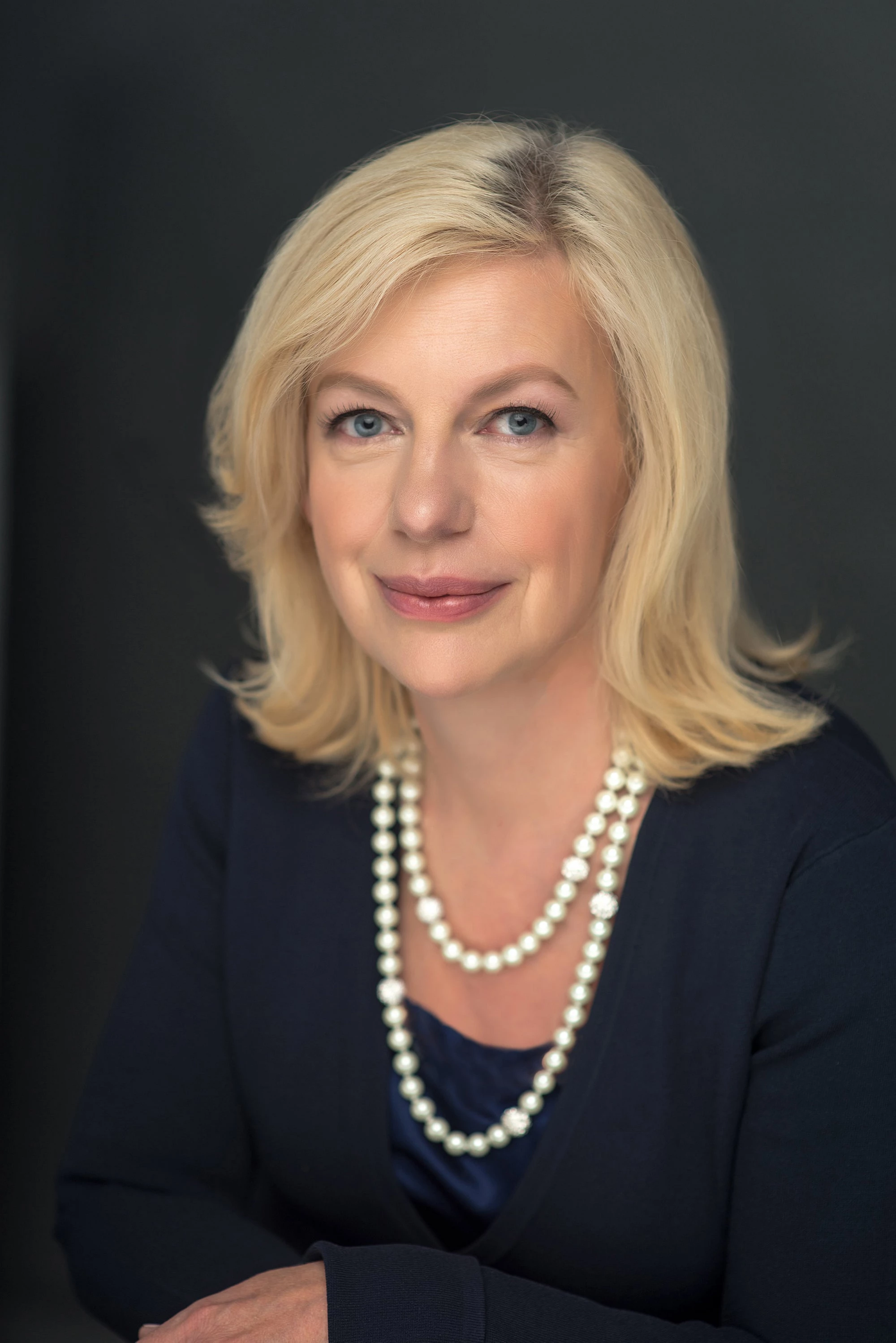The year 2019 marks the halfway point of the Vienna Programme of Action (VPoA), which was launched in 2014 to help landlock developing countries (LLDCs) achieve sustainable and inclusive growth. It is therefore a good time to reflect on progress made over the past five years. Importantly, it is also a time for us to reflect on what we want to achieve in the next five years. We need to do so because the wellbeing of over 500 million inhabitants of the world’s 32 LLDCs is at stake.
LLDCs face a unique set of development challenges. Not only do they lack access to sea, they also tend to be isolated from global markets. Combined, these two factors make it extremely expensive to transport goods and people. According to UNCTAD, on average landlocked developing countries spend almost two times more of their export earnings for the payment of transport and insurance services than the average for developing countries and three times more than the average of developed economies. Such a situation is bad for trade and economic development.
Just last week, I had the honor of representing the World Bank at the Ambassadorial Retreat on the Comprehensive High-level Midterm Review on the Implementation of VPoA. It was heartening to hear about the progress the global community has made with regard to LLDCs. Because of all the good work that has been done, transport in LLDCs today is far more accessible and efficient that it was five years ago. With better access to the sea to move their goods, more comprehensive transport links, and more streamlined border procedures, many LLDCs are now better equipped to develop their economies and achieve sustainable growth.
As the world’s largest development financier for transport, the World Bank has invested US$37.6 billion in transport projects in 82 countries. In addition to lending our financial support, we are also providing technical assistance to LLDCs. We support 30 LLDCs and 22% of our transport-related programs have been focused on enhancing connectivity and regional integration in LLDCs.
But if we want to meet the 2030 Agenda of the SDGs, we must take a broader perspective on the issue of transport. Indeed, we need to reshape the conversation about transport from one that is focused on access and efficiency in LLDCs to one that is about sustainable mobility.
But what exactly is sustainable mobility? Simply put, sustainable mobility is mobility that works for people and planet. Crucially, it is mobility that is not just for today, but also for the future. Such a system of mobility must include the following components—universal access, efficiency, safety, and environmental sustainability. Only when we achieve all four goals would we achieve true sustainable mobility.
No doubt, this is an ambitious vision for the future of mobility, but we at Sustainable Mobility for All (SuM4All) are willing to take a moonshot. And we have a plan.
First, we need to have a shared ambition for sustainable mobility that leaders in the public sector, private sector, and civil society could work towards. Under the leadership of the World Bank, SuM4All has created a global coalition of 55 leading organizations who are willing to join us in taking this moonshot.
Second, we need to develop tools these leaders could use to mobilize action. In 2017, SuM4All developed the first-ever Global Mobility Report to help countries measure their performance against the four goals. We are now close to completing the Global Roadmap of Action, which will act as a guide for countries to create their own action plan.
Third, we need to mobilize resources, including financing, to implement those action plans. Since the time SuM4All was created, SuM4All has been working to raise the profile of sustainable mobility on the global agenda. Our vision of sustainable mobility has helped shaped the investment portfolio of development finance institutions such as the International Finance Corporation (IFC), Agence française de développement (AfD), and the Islamic Development Bank (IsDB). Our vision has also shaped the investments and business goals of companies in the transport sector.
Although we have made great progress, our work is far from done. Our ambition of achieving sustainable mobility for all is audacious, and we will need all the help we can get. Will you join us in taking this moonshot? I invite you to learn more about us. I invite you to help us imagine and realize sustainable mobility for all.




Join the Conversation